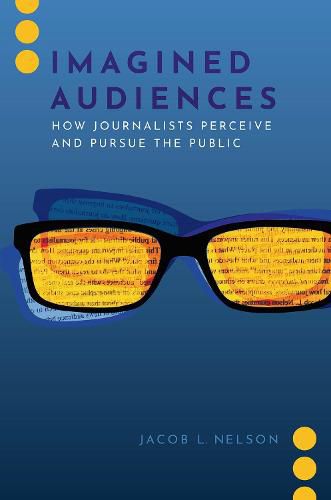Readings Newsletter
Become a Readings Member to make your shopping experience even easier.
Sign in or sign up for free!
You’re not far away from qualifying for FREE standard shipping within Australia
You’ve qualified for FREE standard shipping within Australia
The cart is loading…






Many believe the solution to ongoing crises in the news industry–including profound financial instability and public distrust–is for journalists to improve their relationship with their audiences. This raises important questions: How do journalists conceptualize their audiences in the first place? What is the connection between what journalists think about their audiences and what they do to reach them? Perhaps most importantly, how aligned are these imagined
audiences with the real ones? Imagined Audiences draws on ethnographic case studies of three news organizations to reveal how journalists’ assumptions about their audiences shape their approaches to their audiences. Jacob L. Nelson examines the role that audiences have traditionally played in journalism, how that role has changed, and what those changes mean for both the profession and the public. He concludes by drawing on audience studies research to compare journalism’s imagined audiences with actual observations of news audience behavior. The result is a comprehensive study of both news production and reception at a moment when the relationship between the two has grown more important than ever before.
$9.00 standard shipping within Australia
FREE standard shipping within Australia for orders over $100.00
Express & International shipping calculated at checkout
Many believe the solution to ongoing crises in the news industry–including profound financial instability and public distrust–is for journalists to improve their relationship with their audiences. This raises important questions: How do journalists conceptualize their audiences in the first place? What is the connection between what journalists think about their audiences and what they do to reach them? Perhaps most importantly, how aligned are these imagined
audiences with the real ones? Imagined Audiences draws on ethnographic case studies of three news organizations to reveal how journalists’ assumptions about their audiences shape their approaches to their audiences. Jacob L. Nelson examines the role that audiences have traditionally played in journalism, how that role has changed, and what those changes mean for both the profession and the public. He concludes by drawing on audience studies research to compare journalism’s imagined audiences with actual observations of news audience behavior. The result is a comprehensive study of both news production and reception at a moment when the relationship between the two has grown more important than ever before.